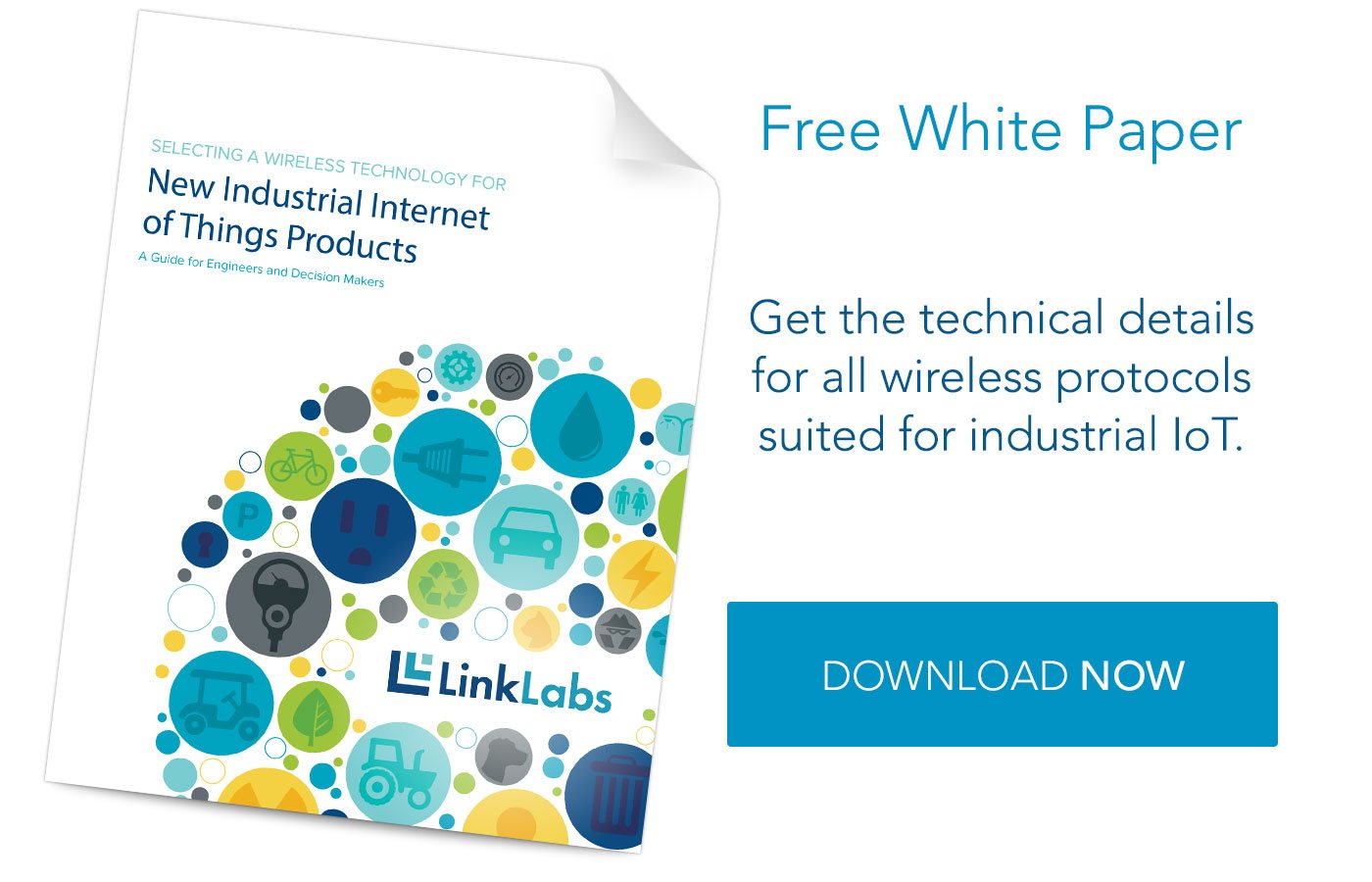Machine-to-machine (M2M) communication allows machines and devices to pass along small amounts of information to other machines. This includes communication to and from smoke detectors, door locks, alarms, water meters, agricultural sensors, smart buildings, smart lighting, environmental sensors, and more.
Every IoT application has a different set of constraints in terms of wireless range and energy consumption it needs to achieve. Therefore, M2M network architecture is about properly utilizing radio resources. Each network listed below utilizes a different method for handling these resources. Cellular, for instance, is the only type of ubiquitous M2M network that uses its own licensed frequency space. The rest typically coexist using free, unlicensed frequencies. Due to regulatory constraints, companies are not allowed to design their networks to have an unfair advantage over other networks, so the question for these companies when creating network architecture is how to utilize the unlicensed spectrum efficiently.
Below, we’ll walk through the benefits and considerations of seven of the top M2M network architectures.
1. Cellular
Cellular has dominated the M2M space for a long time. The primary benefit of cellular is the ubiquitous coverage, but major disadvantages of cellular are short battery life, high-cost end points, and high recurring fees. Any battery-powered application will have a hard time using a cell modem. Cellular networks are constantly changing, as well. For example, when M2M started, most of the cellular world was using GSM-based technology (which is now being phased out). GSM has mostly been replaced by 3G and LTE, and there is talk that those technologies for M2M applications will eventually be phased out and replaced by LTE-M. So, companies who deployed cellular modems should be aware that their hardware may not be supported in coming years.
2. WiFi
WiFi has become a more prevalent M2M option in the last five years. This is due in part to WiFi chip manufacturers who are now targeting the space by making lower cost, lower power chipsets with a very simple interface. With these new chips, you don’t need a computer and a WiFi driver; you can use a universal asynchronous receiver/transceiver (UART) instead. But while cellular coverage is ubiquitous, WiFi coverage is not, which is one of WiFi’s main downfalls in the M2M market. For example, if you’re building a keycard door lock for every apartment in a New York highrise and using WiFi, provisioning is going to be a nightmare.
3. Bluetooth Low Energy (LE)
Another option that’s become available in the last four years is Bluetooth Low Energy (LE), which is also called Bluetooth 4.0 or Bluetooth Smart. Bluetooth LE uses considerably less power than traditional Bluetooth, but like its predecessor, users are pretty limited by range and packet sizes. Bluetooth LE is meant to transmit only very small bits of information online through a phone or computer. That makes Bluetooth LE ideal for applications like heart rate monitors or fitness trackers, but it’s not ideal for anything that needs a stronger power draw or wider range.
4. ZigBee
ZigBee is a mesh network protocol that is trying to solve the issue of range. While it offers a considerably better range than something like Bluetooth LE, there are range constraints and downfalls that come with the mesh network. For example, some of the nodes in a mesh network are there just to relay information, which causes a constant (and somewhat unnecessary) power draw. This makes ZigBee a bad candidate for battery-powered devices—but good for something like electric grid monitoring, which has an unlimited power source. In short, ZigBee continues to be adopted by some niche markets, but it won’t meet the needs of everyone in the M2M space.
See also: The ZigBee Vs. WiFi Battle For M2M Communication
5. SIGFOX
The low power, wide-area network (LPWAN) space has recently become more saturated—and right now the leader in the group is SIGFOX. This M2M network sends small, slow bursts of data, which makes it ideal for things like alarm systems or simple meters. Due to its asymmetric link budget, the network only allows for limited r bi-directionality, so it isn’t able to send data back from the gateway to nodes at the fringes of the network. (This is a problem other LPWAN players are looking to solve.)
6. LoRaWAN
LoRaWAN is the M2M protocol created by the LoRa Alliance to create an ecosystem of M2M applications all using the LoRa physical layer. Like SIGFOX, LoRaWAN is an uplink-focused network and thus works well for sensor-based devices. This is partially due to regulations in Europe, which hold every device (including the gateway) to a 1% duty cycle. Because of the regulatory differences here in the U.S., a big segment of the market can be addressed by designing a protocol that allows more “command and control”-based applications. And that’s where we at Link Labs have tried to put our focus.
7. Symphony Link
Symphony Link is the IoT network we at Link Labs developed in an effort to solve some of the challenges presented by other M2M architectures. For instance, a single Symphony gateway can be used to talk to 10,000 nodes, and thus cover an entire building. Symphony also targets battery life; a node on our network that sends a message every 10 minutes could feasibly last between eight to 10 years depending on the application.
Conclusion
As you can see, there are many IoT networks available. Each of them is trying a unique approach to solve a standard engineering problem: how to trade off cost, performance, and complexity. Every engineer knows you can’t have the best of all of those things—but you can create a network that will cater to specific applications. We’re eager to see how these network architectures improve, evolve, and grow in the coming years.





